Research Projects
Designing for Health and Well-being
Dr. Yunan Chen, Associate Professor, UC Irvine
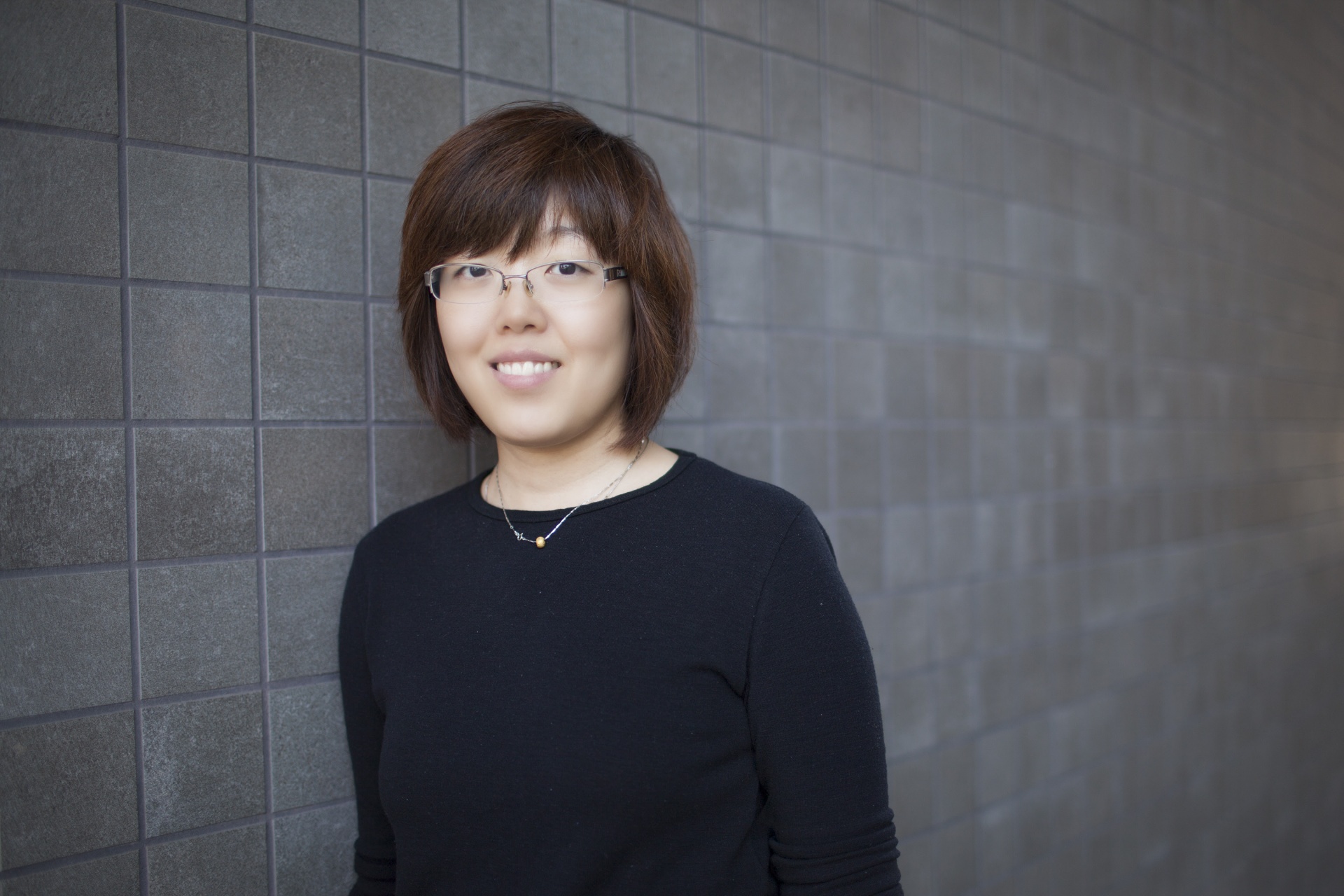
In the past few years, there has been a proliferation of mobile health applications designed to help individuals manage their health conditions and make informed health decisions. These applications cover a wide spectrum of lifestyle choices and health conditions, from diet control and physical exercises to diabetes and mood management. Our previous findings have suggested that these applications, if not designed well, may lead to negative unintended consequences, including system abandonment and serious emotional burden among users. In this workshop, we will use Human-Computer Interaction approach to design and evaluate mobile applications designed for health and well-being.
Location: CBA 122
Teaching Computers to Reason about Programs
Dr. Sorin Lerner, Professor, UCSD
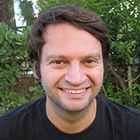
For decades humans have been writing programs and reasoning about their behavior, both on a formal and informal level. With the development of modern "proof assistants", we can now write down that reasoning at a level where it can be automatically checked by a computer. But producing such proofs is still the task of an expert programmer or formal methods expert. In this project we'll explore building a system that attempts to progress proofs automatically, automating much of the tedious proving work by finding novel patterns in large proof bodies.
Location: CBA 122
Analyzing Acoustic Telemetry Data to Track Sharks
Dr. Alvaro Monge, Professor, CSULB
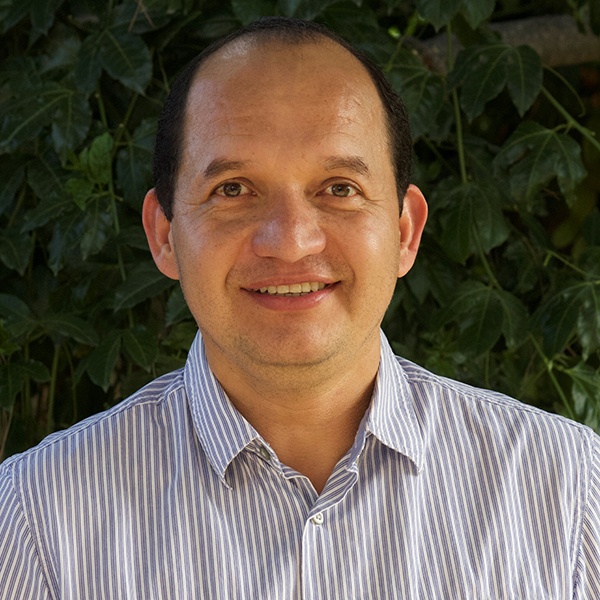
The Shark Lab at CSULB uses acoustic telemetry to study the movement of animals along the coastal waters of Southern California. They study several species, including, of course, sharks. In this project, students will visit the Shark Lab, interact with researchers in the lab, learn about acoustic telemetry and the data that has been collected using these techniques, and the research questions they’re trying to answer about the animals they’re tracking. Students will be given a data set and be asked to propose their own research questions and ways to analyze and visualize the data.
Location: CBA 111
Where is Hollywood?: Artificial Intelligence Approach
Dr. Ju Cheol Moon, Assistant Professor, CSULB
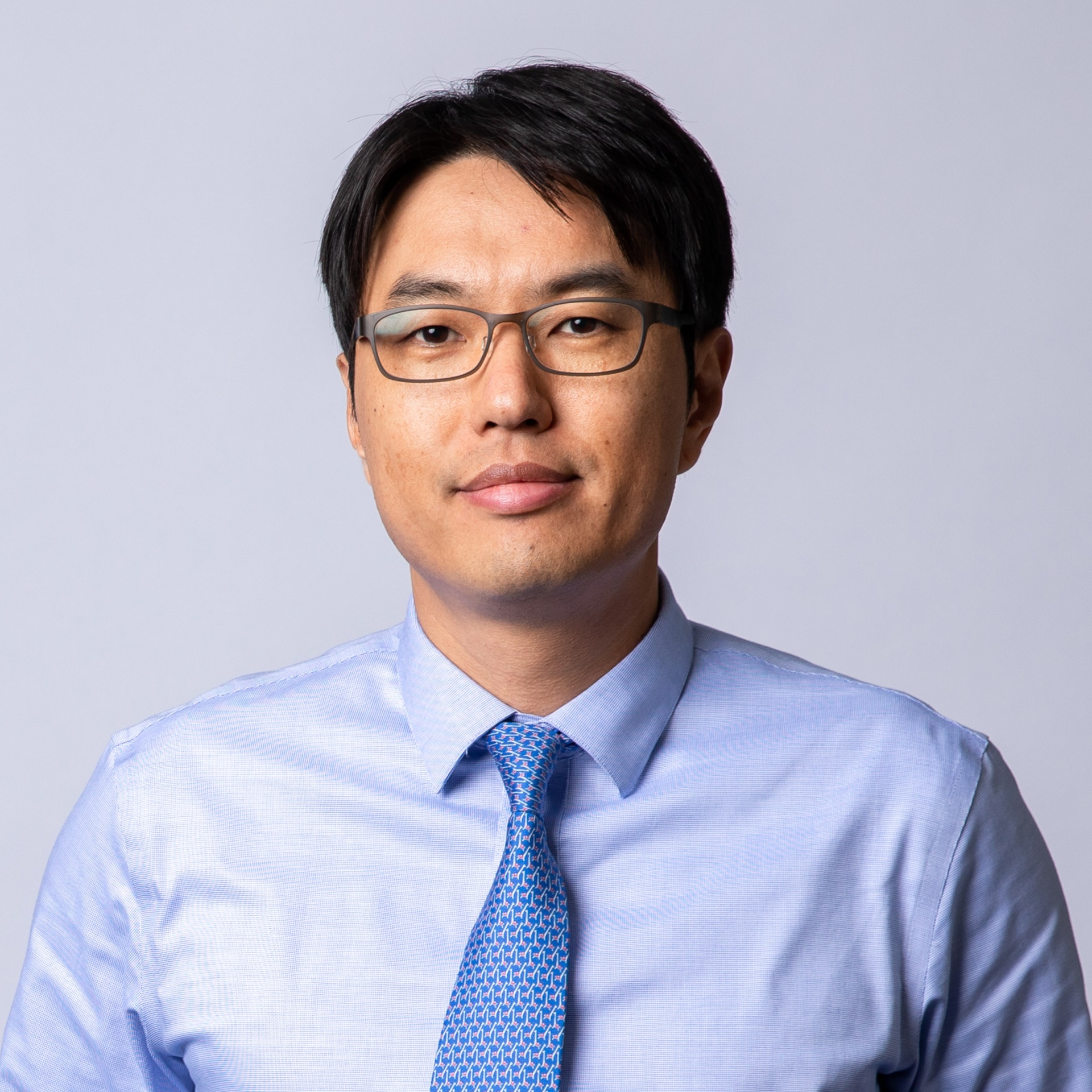
Friends from my hometown in South Korea are visiting Los Angeles for the first time and they want to go to Hollywood today. We know about the famous intersection of Hollywood Boulevard and Vine Street, but is that where Hollywood really is? Do these streets represent the Hollywood we’ve come to know in movies and on social media, or is there a better map that marks the region we’re looking for? During this workshop, through the analysis of Twitter data, I will demonstrate how to delineate specific regions by using artificial intelligence methodologies and natural language processing techniques. Changes in regions based on the sentiment or time detected in tweets are also taken into consideration in the process of delineation. Participants of the project can expect to learn artificial intelligence methodologies (including clustering algorithms), natural language processing techniques (including sentiment analysis), evaluation criteria of the designed algorithm, and usage of the Twitter API and the Google API.
Location: CBA 111
Bio-Inspired Pattern Formation With a Set of Robots
Dr. Oscar Morales-Ponce, Assistant Professor, CSULB
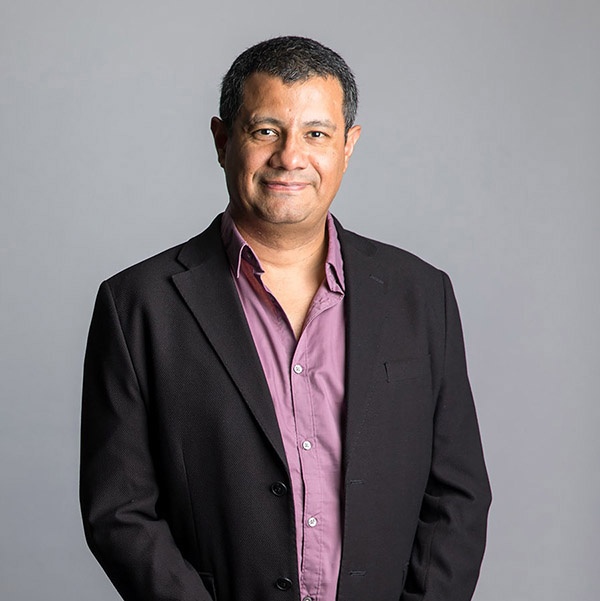
Self-configurable organisms are fundamental to create complex structures. Consider for example unicellular organisms. Each cell reacts according to the substance that the neighbors produce. This process continues until the cells produce a stable multicellular organism. In other words, a global problem is solved only with local decisions. Previous research such as Cellular Automata has modeled the problem using a dynamic grid where the state of the current step is a function of the state of the previous step. In this project, we model the problem using a set of low-power robots called Kilobots that represent simple organisms. Initially, robots can be in any state. For simplicity, the state is a set of k integers. Each state may represent a simple behavior such as motion, stationary, red, green, etc. In every step, robots communicate their own state to the nearest neighbors. Each robot then computes the new state according to the state of its neighbors that it receives in the previous step. This project has two main objectives. The first is to build a robotic framework to perform extensive experiments. The second is to obtain a deterministic function that guarantees that the robots form a stable complex pattern after a finite number of steps.
Location: CBA 113
Community Agroecosystem Coordinator
Dr. Birgit Penzenstadler, Assistant Professor, CSULB
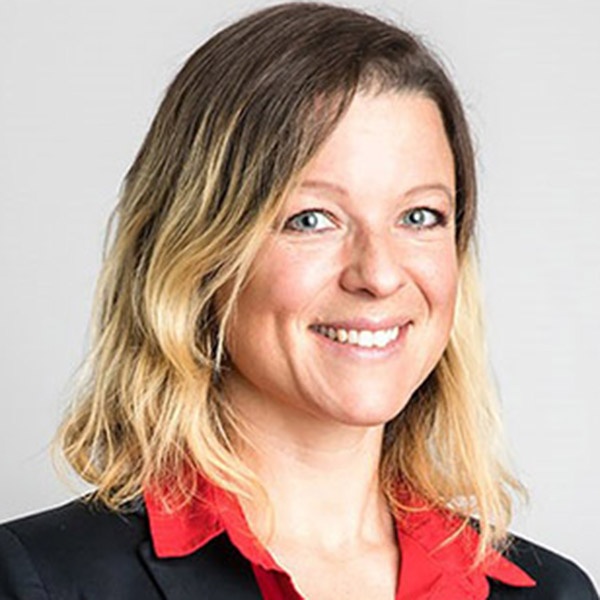
The Community Agroecosystem Coordinator (by Juliet Norton) coordinates the design of sustainable polycultures and other infrastructures within neighborhoods to form agroecosystems. It facilitates users’ coordination in space, in time, and pollination. Some plants need nearby plants of the same species for wind (i.e., anemophily) or animal pollination (i.e., zoophily). It also helps communities form strategies that rely on and encourage local food system production capacity, resilience, and satisfaction of food needs and preferences. With the Community Agroecosystem Coordinator, users can make their outputs available for trade, purchase, or other transactional means. (This material is based upon work supported by the National Science Foundation under Grant No. CCF-1442749. Any opinions, findings, and conclusions or recommendations expressed in this material are those of the author(s) and do not necessarily reflect the views of the National Science Foundation).
Location: CBA 114
CONECTAR: Collaborative Network of Educators for Computational Thinking for All Research
Dr. Debra Richardson, Professor and Founding Dean, UC Irvine
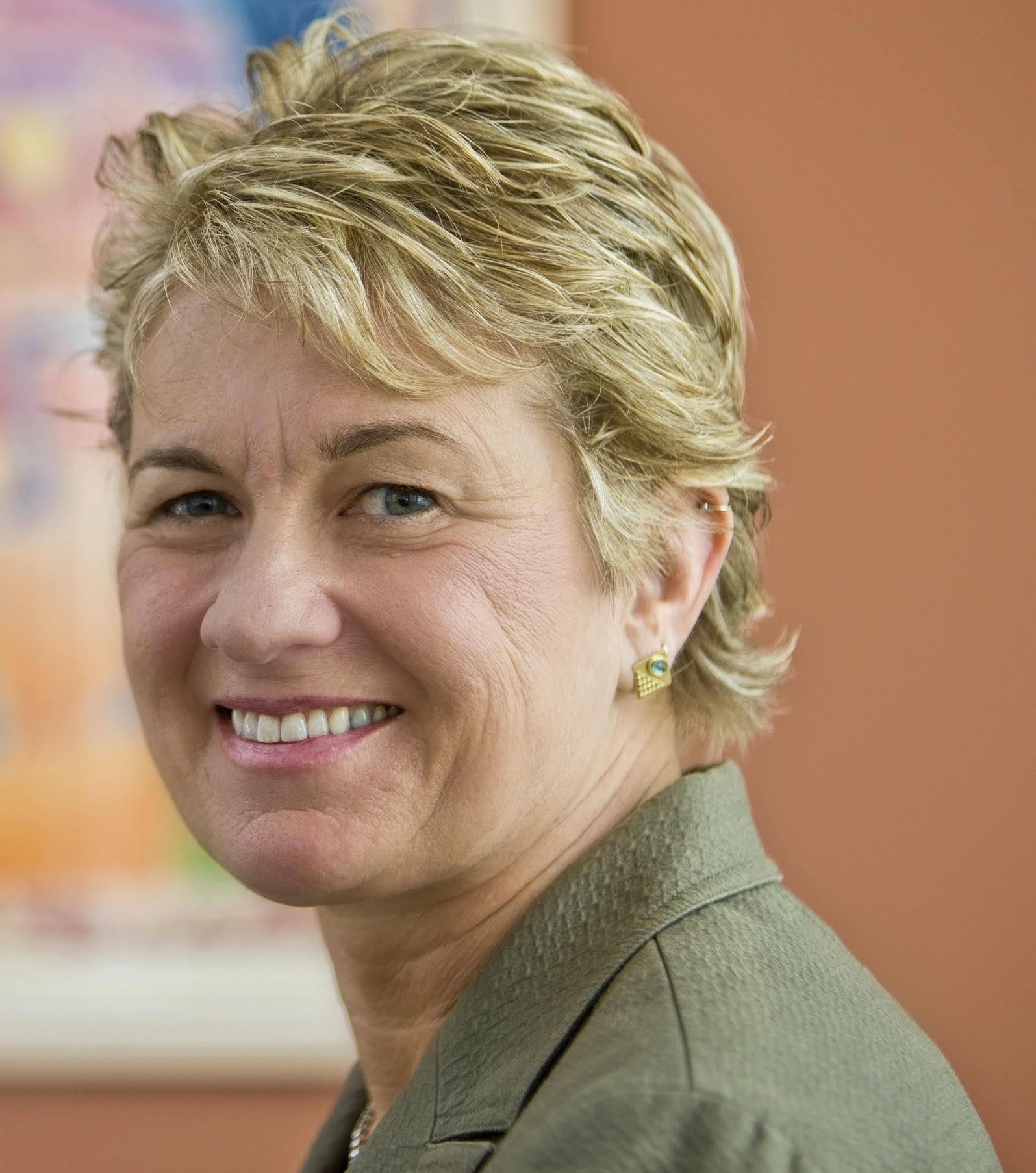
The University of California Irvine is partnering with the Orange County Department of Education (OCDE) and Santa Ana Unified School District (SAUSD) to form a collaborative network of university and K-12 researchers and practitioners with the aim of promoting computational thinking for students in grades three through five. The intention is to build connections to a broader curriculum as reflected in the Common Core State Standards, to the language and discourse needed to ensure academic success, and to the learners’ peers, community, families and culture needed to make learning relational and meaningful. The work is situated in Santa Ana schools, where the majority of students are low-income, Latino/a, English learners. It will use the principles of Design-Based Implementation Research (DBIR), designing interventions to implement, study and refine, alongside OCDE and SAUSD. This workshop will introduce students to methods of Design Based implementation research. Workshop participants will learn to 1) iteratively revise a computational thinking curriculum, 2) critique and evaluate a variety of data collection instruments, 3) develop research questions for a mixed methods computer science education study, 4) conduct quantitative analysis of students' computing artifacts, and 5) use field work protocols virtually to qualitatively examine instructional practices for teaching computational thinking to multilingual, multicultural students.
Location: CBA 114
Distributed Computing and Smart, Connected Communities
Dr.Nalini Venkatasubramanian, Professor, UC Irvine

The growing influence of technology in our daily lives has resulted in a push to develop smart and resilient technology to maintain the health and functionality of our cities. Many such Smart City initiatives have been setup with the intention of providing automated solutions to help agencies and utilities in ensuring the smooth functioning of key infrastructure systems. These include smart electricity grids, buildings, fire management, and more recently water infrastructure. This workshop is intended to provide information on how to proactively utilize (IoT), modeling/simulation technologies to identify problems and suggest solutions in smart and connected community environments. Since water is a key community resource, large-scale issues like water pipe bursts and contamination events can have far reaching consequences. The goal is to develop low-cost sensing infrastructure that can be deployed at scale to provide real-time measurements that can then be analyzed to identify points of failure. Simulation based tools are useful to model scenarios and conduct what-if analysis. This is a step towards enabling resilient cities and communities worldwide.
Location: CBA 110
Deep Learning for 3D Neuron Segmentation of Microscopy Images
Dr. Wenlu Zhang, Assistant Professor, CSULB
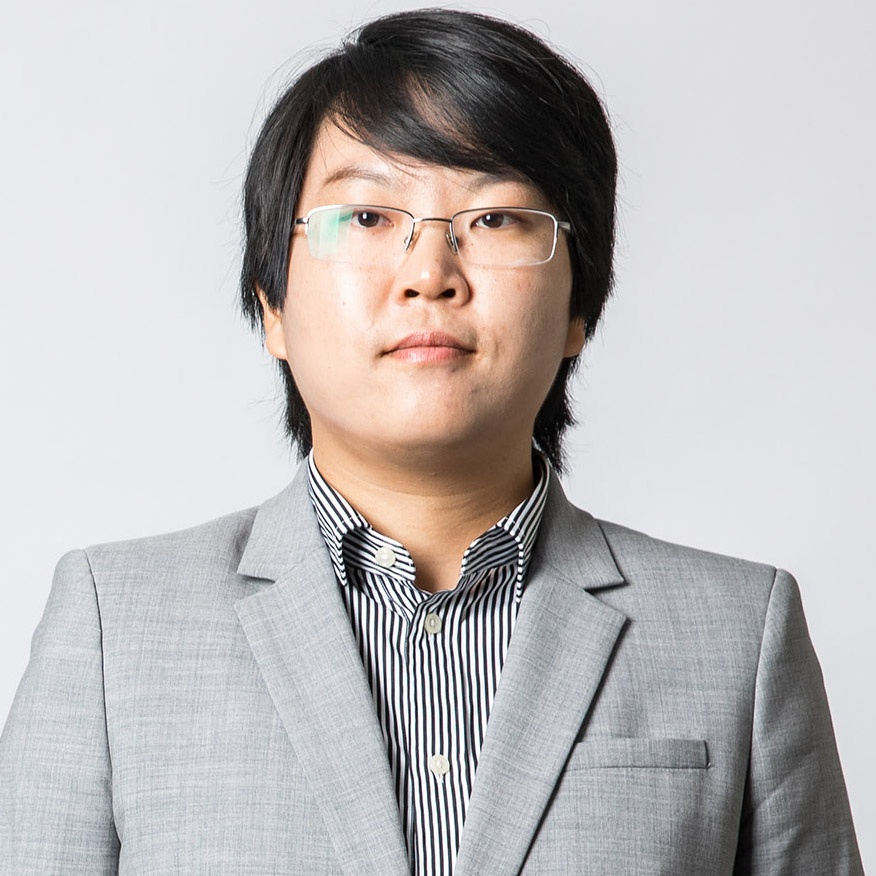
Deep learning is recently considered as one of the most breakthrough technologies in computer science. Deep learning models have been successfully applied to a variety of real-world applications such as natural image classification, generation and detection. However, in the biomedical field, deep learning is still very challenging due to the multi-modality of patterns and the incomplete medical or biological data. This workshop will introduce students to implementing and designing deep learning models in 3-dimensional (3D) microscopy images. A central challenge in neuroscience is to identify the 3D morphology of neurons from microscopy images. Students will first understand the basic concepts and techniques in deep learning, such as convolutional neural network (CNN), recurrent neural network (RNN) and generative adversarial network (GAN), etc. They will also learn how to develop 3D encoder-decoder neural network architectures to train and predict using large microscopy images in an end-to-end manner.
Location: CBA 113





